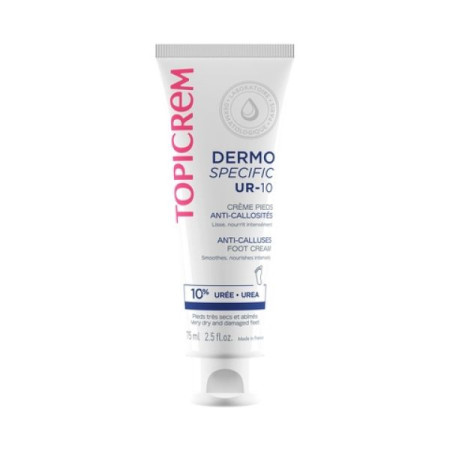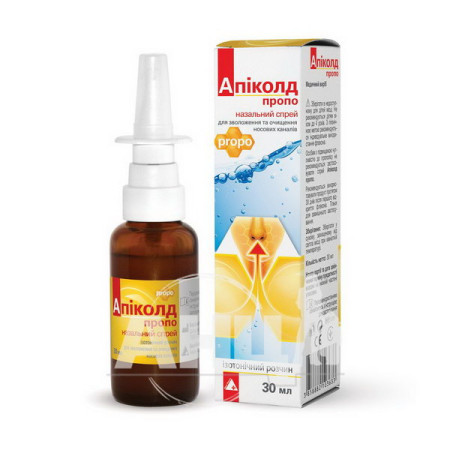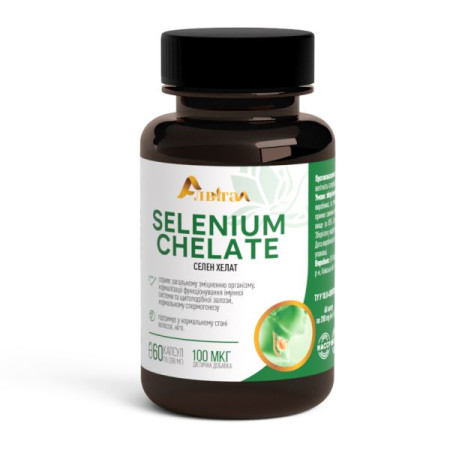Noobut IC 100 powder for oral solution 100 mg/dose sachet 2.5 g No. 10

Instructions Noobut IC 100 powder for oral solution 100 mg/dose sachet 2.5 g No. 10
Composition
active ingredient: phenibut;
1 sachet contains phenibut 100 mg;
excipients: mannitol (E 421), acesulfame potassium, isomalt (E 953), natural orange flavor.
Dosage form
Powder for oral solution.
Main physicochemical properties: white or almost white powder, in which yellow inclusions are allowed.
Pharmacotherapeutic group
Psychostimulants, drugs used for attention deficit hyperactivity disorder (ADHD), nootropics. Other psychostimulants and nootropics. Phenibut.
ATX code N06B X22.
Pharmacological properties
Pharmacodynamics.
Phenibut is a derivative of γ-aminobutyric acid and phenylethylamine. Its dominant action is antihypoxic and antiamnestic. Noobut® IC 100 improves memory and attention, improving learning processes, increases physical and mental performance. Psychological indicators (speed and accuracy of sensory-motor reactions) under the influence of the drug Noobut® IC 100 improve. It has been established that phenibut improves brain bioenergetics, increasing the energy potential of neurons by improving mitochondrial functions.
Also, the drug Noobut® IC 100 has the properties of a tranquilizer: it eliminates psycho-emotional tension, anxiety, fear, emotional lability, irritability, improves sleep. Phenibut binds in the brain exclusively to GABA receptors, therefore it has a moderate sedative effect, but does not cause undesirable sedative effects: drowsiness, dizziness, decreased attention and performance. The drug prolongs the latent period and reduces the duration and severity of nystagmus, has an antiepileptic effect. It does not affect cholinergic and adrenoreceptors.
Noobut® IC 100 significantly reduces the manifestations of asthenia and vasovegetative symptoms, including headache, feeling of heaviness in the head. In patients with asthenia and in emotionally labile individuals, when using phenibut, the well-being improves without excitement from the first days of therapy.
Pharmacokinetics.
Phenibut is rapidly absorbed after oral administration and penetrates into all tissues of the body, completely passing through the blood-brain barrier. Distribution in the liver and kidneys is close to uniform, and in the brain and blood - less uniform. After 3 hours, a noticeable amount of the administered phenibut is detected in the urine, while the concentration of phenibut in the brain tissues does not decrease, it is detected in the brain after another 6 hours. The next day, phenibut can only be detected in the urine; it is found in the urine for another 2 days after administration, but the detected amount is only 5% of the administered dose. The greatest binding of phenibut occurs in the liver (80%), it is non-specific. Cumulation is not observed with repeated administration.
Indication
Asthenic and anxiety-neurotic conditions (emotional instability, memory impairment, decreased concentration), restlessness, fear, anxiety, obsessive-compulsive neurosis.
Stuttering, enuresis, tics.
Meniere's disease in children, dizziness associated with dysfunction of the vestibular analyzer, prevention of vertigo.
Prevention of stressful conditions before surgeries or painful diagnostic examinations.
Contraindication
Increased individual sensitivity to any components of the drug.
Acute renal failure.
Interaction with other medicinal products and other types of interactions
Noobut® IC 100 can be used with other medications, including psychotropic drugs – tranquilizers and neuroleptics (the effects are mutually enhanced). Noobut® IC 100 enhances and prolongs the effect of hypnotics, narcotics, neuroleptics and anti-Parkinsonian drugs.
Application features
When prescribing Noobut® IC 100 to children with gastrointestinal pathology, caution should be exercised due to the irritating effect of phenibut. Such children should be prescribed the drug in lower doses or recommended to take the drug after meals.
In case of prolonged use, it is necessary to monitor the cellular composition of the blood and liver function tests.
1 sachet of the medicinal product contains 1.5 g of isomalt (E 953). If you have been told that you have an intolerance to some sugars, consult your doctor before taking Noobut® IC 100.
Use during pregnancy or breastfeeding
It is not recommended to use the drug during pregnancy or breastfeeding, as there is insufficient data on the use of phenibut during this period.
Ability to influence reaction speed when driving vehicles or other mechanisms
Patients who experience drowsiness, dizziness, or other central nervous system disorders during treatment with the drug should refrain from driving or operating other mechanisms.
Method of administration and doses
Dissolve the contents of the sachet in 0.5 cups of boiled water and take orally. In order to reduce the irritating effect of phenibut on the gastrointestinal tract (see the section "Peculiarities of use"), the drug can be taken after meals. The course of treatment is 2-6 weeks.
Children aged 3–4 years should be prescribed 100 mg (1 sachet) 2 times a day; 5–6 years – 100 mg (1 sachet) 3 times a day; 7–10 years – 200 mg (2 sachets) 2 times a day; 11–14 years – 200 mg (2 sachets) 3 times a day.
Maximum single doses for children: up to 6 years old - 100 mg, from 7 to 10 years old - 200 mg, from 11 to 14 years old - 300 mg.
To prevent motion sickness, take a single dose of Noobut® IC 100 1 hour before traveling by sea, land or air.
Noobut® IC 100 can be combined with other psychotropic drugs, which increases its effectiveness (see the section "Interaction with other drugs and other types of interactions"), while the dose of Noobut® IC 100 and other drugs used with it can be reduced.
If one or more times the next dose has not been taken in advance, the course of treatment should be continued according to the previously prescribed doses.
Children.
The experience of using the drug in children under 3 years of age has not been studied.
Overdose
Noobut® IC 100 is a low-toxic drug, only in a daily dose of 7-14 g in case of prolonged use it can be hepatotoxic. The indicated doses significantly exceed the recommended average therapeutic doses, according to the child's age. Only in the case of using the maximum dose of the drug were eosinophilia and fatty liver dystrophy observed. If the drug was used in lower doses, such changes were not noted.
Symptoms: drowsiness, nausea, vomiting, possible development of arterial hypotension, acute renal failure.
Treatment: gastric lavage; symptomatic therapy. In case of complications (arterial hypotension, renal failure), supportive and symptomatic measures should be taken.
Side effects
From the nervous system: drowsiness (at the beginning of treatment), headache and dizziness (when using doses above 2000 mg per day, the severity of the side effect decreases with decreasing the dose).
Mental disorders: emotional lability, sleep disorders (these adverse reactions may be observed in children if the drug is used without following the recommendations of the instructions for medical use).
Gastrointestinal: nausea (at the beginning of treatment), vomiting, diarrhea, epigastric pain.
On the part of the hepatobiliary system: hepatotoxicity (with prolonged use of high doses).
On the part of the immune system: allergic reactions, including rash, itching, urticaria, redness of the skin.
If any adverse reactions occur, you should seek medical advice.
Expiration date
3 years.
Storage conditions
Store in the original packaging at a temperature not exceeding 25 °C.
Keep out of reach of children.
Packaging
Powder 2.5 g per sachet; 10 sachets per pack.
Vacation category
According to the recipe.
Producer
Additional Liability Company "INTERCHEM".
Location of the manufacturer and address of its place of business.
Ukraine, 65025, Odessa, 21st km. Starokyivska Road, 40-A.
There are no reviews for this product.
There are no reviews for this product, be the first to leave your review.
No questions about this product, be the first and ask your question.










